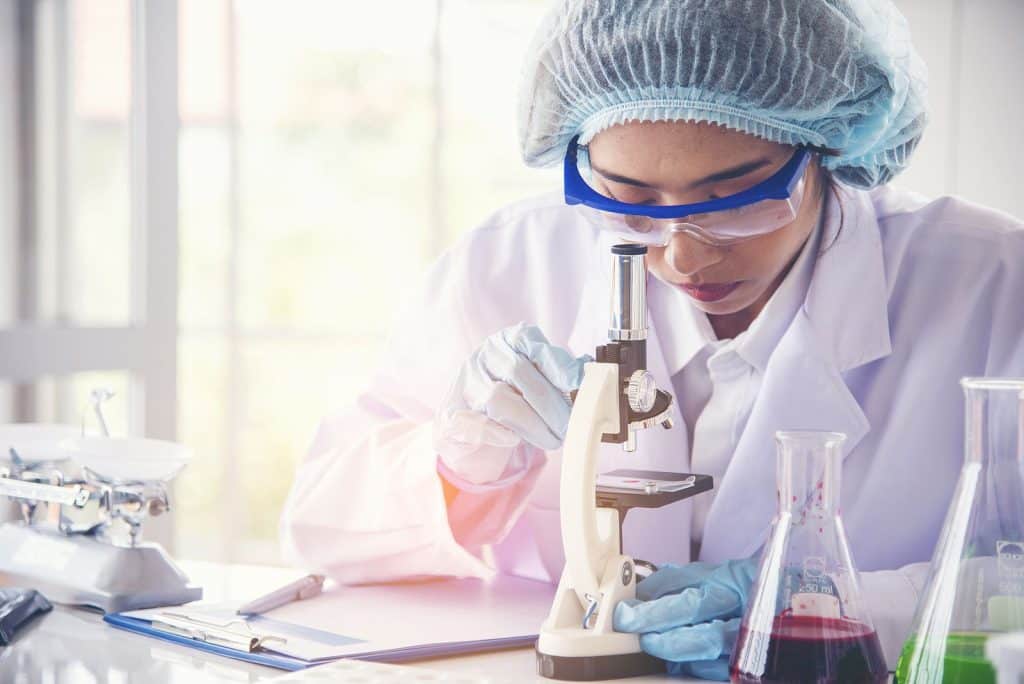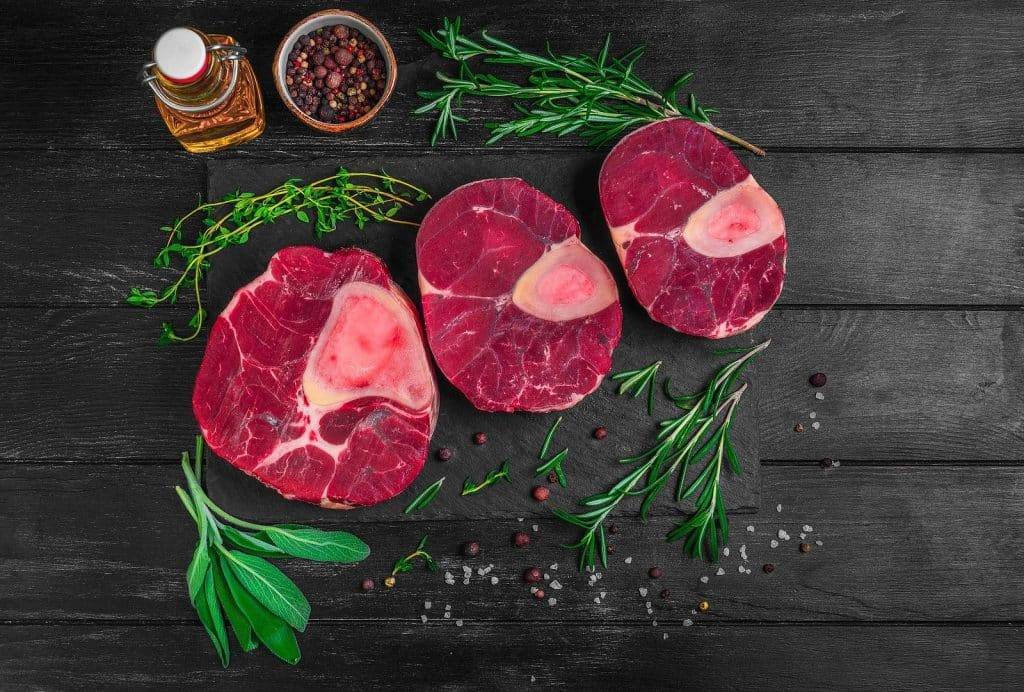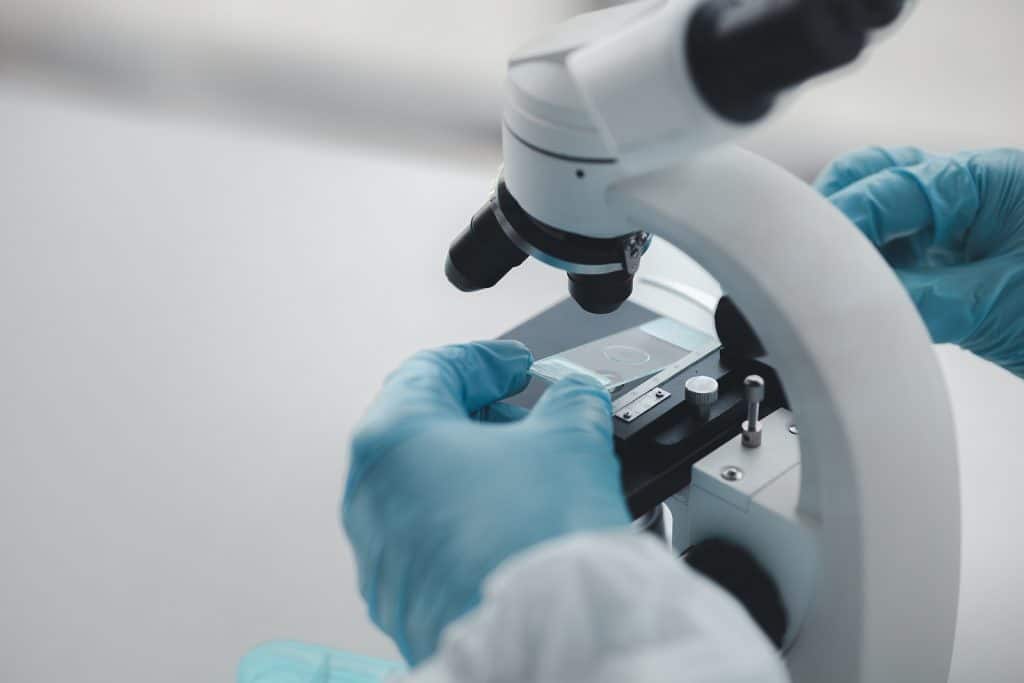Is lab-grown meat real? Absolutely—and it’s no longer just a futuristic concept. Meat grown in labs has now been approved for consumption in U.S. restaurants, marking a significant shift in how Americans may source protein in the years ahead.
In June 2023, the U.S. Department of Agriculture (USDA) granted final approval for two California-based companies—Upside Foods and Good Meat—to begin selling their cultivated chicken to restaurants. This came after prior approval from the Food and Drug Administration (FDA) confirming the products were safe for consumption.
So, what exactly is cultured meat? Is it healthy? What are its pros and cons? And should you try it when it arrives at a restaurant near you?Let’s dive in.
Table of Contents
What Is Cultured Meat?
Also called lab-grown meat, cell-based meat, or cultivated meat, this innovation involves growing real animal tissue from a small number of cells—without slaughtering a living animal.
Here’s how it works:
- Scientists collect a cell sample from a chicken, cow, or fish.
- The cells are placed in a bioreactor—a nutrient-rich environment that mimics the internal conditions of an animal’s body.
- Over time, these cells multiply and grow into muscle tissue, forming cuts of meat.
According to Good Meat and Upside Foods, the resulting product is nearly identical in taste and texture to conventional meat—but without the ethical, environmental, or health concerns associated with industrial farming.
Read more about the science from the Good Food Institute, a nonprofit that promotes sustainable protein alternatives.

Where Will It Be Served?
As of mid-2023, lab-grown chicken is being introduced at select restaurants in San Francisco and Washington, D.C.. These early launch locations allow the companies to control production volumes while testing consumer reception.
While not yet available in supermarkets, this milestone marks the beginning of what may become a broader rollout in the coming years.
Benefits of Lab-Grown Meat
Cultivated meat offers many potential benefits for humans, animals, and the planet.
???? 1. Environmental Sustainability
Traditional livestock farming contributes to:
- Deforestation
- Greenhouse gas emissions
- Water pollution and overuse
A study published in Environmental Science & Technology found that cultured meat could reduce greenhouse gas emissions by up to 96% compared to conventional beef production (source).
???? 2. Ethical Animal Treatment
Cultured meat eliminates the need to raise and slaughter billions of animals annually. For animal welfare advocates, it offers a more humane alternative to traditional farming.
????️ 3. Food Security
Since it can be produced in labs anywhere in the world, lab-grown meat may help address food insecurity in regions with limited access to arable land or clean water.
???? 4. No Antibiotics or Hormones
Because it’s grown in sterile environments, cultured meat doesn’t require antibiotics or growth hormones, two additives often used in industrial meat production that have raised public health concerns (source: WHO).

How Is Cultured Meat Made?
The production process resembles high-tech brewing more than traditional agriculture:
- Cell Sourcing: A biopsy is taken from a live animal, often under anesthesia.
- Cell Culturing: The cells are placed in a controlled bioreactor filled with amino acids, sugars, and vitamins.
- Scaffolding or Structuring: To replicate the look and feel of real meat, 3D printing or edible scaffolds help form meat into recognizable cuts.
- Harvesting and Cooking: After several weeks, the meat is harvested, cooked, and served just like any other cut.
The result? A chicken nugget or filet that tastes like the real deal—because at a cellular level, it is.
Potential Downsides and Challenges
Despite its promise, meat grown in labs is not without concerns.
???? 1. High Production Costs
As of now, lab-grown meat remains expensive to produce. Upside Foods has reportedly spent hundreds of millions of dollars in R&D. While costs are expected to decrease with scale, it’s not yet competitive with traditional meat prices.
???? 2. Unknown Long-Term Health Effects
Although FDA-approved for safety, the long-term health implications of consuming cultured meat are still being studied. There’s a lack of longitudinal data comparing cultured meat to conventional meat in terms of nutrition, digestion, and immune response.
???? 3. Public Skepticism
Not everyone is on board. Traditional ranchers, food purists, and even some health-conscious consumers remain skeptical of meat produced in labs. According to a Pew Research Center survey, nearly 50% of Americans said they would be unlikely to try lab-grown meat.
???? 4. Nutritional Variation
Cultured meat can be modified to improve fat content or vitamin levels, but early versions may differ nutritionally from farm-raised meat. That could present problems for people relying on meat for specific nutrients like iron or B12.
Is Cultured Meat Healthy?
Initial findings suggest that lab-grown meat is safe and potentially healthier than traditional meat, especially when it avoids antibiotic and hormone use.
Because it’s grown in sterile conditions:
- It reduces the risk of foodborne illnesses like E. coli or salmonella.
- It eliminates contamination from animal feces or slaughterhouse mishandling.
However, the nutritional profile of lab-grown meat may vary depending on the culturing process. According to early data from the FAO, cultured chicken, for example, contains comparable amounts of protein, fat, and amino acids as conventional chicken, but ongoing studies are needed to confirm long-term health impacts.

What’s Next for Lab-Grown Meat?
As of now, lab-grown meat is a niche product, but the trajectory suggests rapid growth. In fact, the global cultivated meat market is projected to reach $25 billion by 2030, according to McKinsey & Company.
As technology improves and regulations evolve, we may soon see:
- Cultured beef steaks, pork sausages, and seafood
- Widespread availability in supermarkets
- Custom nutritional profiles tailored to health needs
Conclusion: Should You Try Meat Grown in Labs?
Yes—if you’re curious.
Cultured meat offers an exciting glimpse into the future of sustainable, ethical protein. It has already received rigorous safety approvals from the FDA and USDA, and is being served at high-end restaurants in major U.S. cities.
But like any innovation, it comes with questions—about affordability, health, and public acceptance—that need thoughtful answers.
As we move toward a more sustainable food system, lab-grown meat could play a pivotal role. Whether you’re a food enthusiast, environmentalist, or just a curious eater, keep an open mind—and maybe an open mouth.
Sources & Further Reading:
- USDA Approves Cultivated Meat – NPR
- FDA Safety Memo – Cultured Chicken
- Good Food Institute – Cultivated Meat
- McKinsey – Cultivated Meat Market Projections
- Pew Research – Public Opinion on Food Science
- FAO – Food Safety Aspects of Cultured Meat
Read more – Farmers Market Lies Exposed: Vendors Lying About Their Produce


